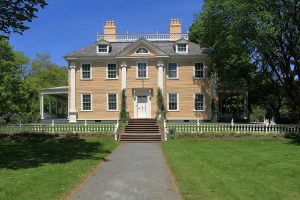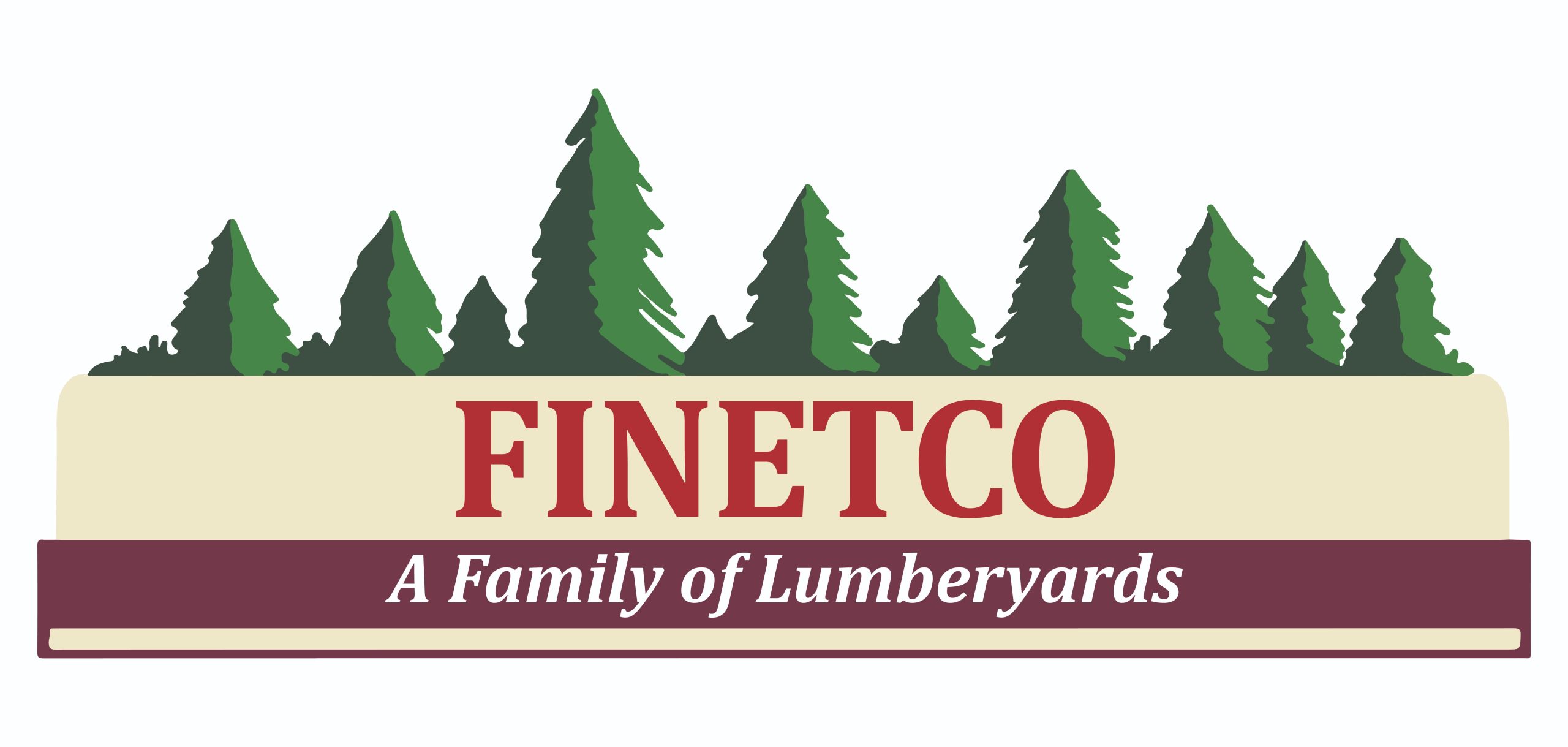
Restoring and maintaining a historic home is a labor of love. Getting all of the details right is important to those invested in historic homes and to historical preservation organizations. In a way, it all starts with a historic roof restoration. Not only is a roof an important feature in many architectural styles, but it also protects everything beneath it. The roof keeps the structure of the home and every historical feature or object you may store inside safe from water intrusion.

For historical homeowners, water intrusion and rot are top concerns as they can damage the home, potentially in ways that can’t be fixed. Further, your historic home may be made from less durable materials than the typical modern home, so smaller amounts of water intrusion may create a problem.
Of course, you want to preserve your historical roof just as it was in the past. Usually, you can keep a historical home in good condition with a roof that is completely time-period appropriate. However, it takes significant work. You must be diligent about conducting regular roof inspections. You must also work with qualified roofers who have mastered these old techniques.
Often, restoration experts decide that it is in the best interests of the property and their own budget to install a modern roof on their historic home. They provide superior protection with less maintenance and repair costs. Also, if chosen properly, a new roof may increase the value of the home.
However, be cautious if your home is registered with a historical authority, such as the National Register of Historic Places in the United States or the Canadian Register of Historic Places, or any state, provincial or municipal authority. These authorities may, or may not, allow you to use modern materials.
Installing a modern roof doesn’t have to ruin the architecture of your historic home. Many modern roofing materials can replicate or even match the style, color, texture and details of historical materials. First, you need to know what kind of roof your historical home may have initially had and how to either restore it to its former glory or match it with modern material. We’ll walk you through the process.
Temporary Patching
The process of researching and repairing or replacing your historic home’s roof may take months, especially if you need to get approval from a historical authority, such as your state historic preservation office. However, if your home currently suffers from leaks or other issues, you may need to temporarily patch up the roof immediately in order to protect the rest of the home.

You should instruct your roofer to be careful about how he/she patches the roof. You don’t want him/her to remove evidence that you may need later, such as a layer of old roof beneath the current one. You also don’t want him/her to install something that may damage the surrounding roof.
Don’t opt to try to patch a historic home yourself. Choosing a roofer who has experience with restoration is a wise idea. He/she will know how to protect the existing roof as much as possible.
Discover the History of Your Roof
Restoration projects always involve researching the home’s history, and it’s no different when restoring the roof. The roof it has now may not be the original (or it might be), so you need to look into it. Any documents you have on the home’s past may help you determine what type of roof the home originally had or what roof it had during the time period you are attempting to restore it to.
1. Review Documents
You may sift through work orders and receipts, photographs, journals, diaries, original blueprints, insurance surveys, newspaper clippings and more. Photographs are helpful to reveal not only the material and color of the roof, but also any details it used to have.

For example, metal roofs may have been stamped, wood shakes may have been cut on unusual angles, and shingles may have been laid at a different exposure than modern shingles. It’s important to note all the details you can. A professional roofer may be able to help you make sense of any photographs or other documents you find.
2. Make Copies
Whatever information you find, be sure to document it and make copies. That way, you can provide proof to your state historic preservation office or another governing body about which changes need to be made and whether they are authentic. Also, the next time you need to have the roof repaired or replaced, you’ll have more guidance for your roofer.
3. Check Physical Evidence
A roofer may also be able to tell what kind of roof your home had based on physical evidence. Old material may be layered beneath the current roof. There may be signs of an older roof system, like leftover nails or scraps of metal, in the attic. Choosing a roofer with knowledge of roofing history and experience with restoration projects is a good idea so that you have the best chance of making sense of any clues you find.
4. Consult Historical Organizations
Note that you may face many restrictions about what kind of changes you can make to a historic home’s roof. You may also be restricted by building codes, of course, though building codes in many areas make exceptions for historical homes or those located in designated historic neighborhoods.
Even if you must use traditional materials for the roof’s surface, you will often be allowed to place modern roof underlayment beneath those materials, for better weather protection, as underlayment is typically not visible and doesn’t interfere with the outward appearance of the roof.
Historic Roof Types
If you can’t discover what your home had, you can determine what it likely had based on style and time period.
| Time | Location | Style | Architectural Features | Likely Material Used |
|---|---|---|---|---|
| Pre-Revolution | South and West America, Spanish influence | Spanish Colonial | Simple for homes, elaborate and Baroque for churches, etc. | Clay tile |
| Pre-Revolution in the United States and in Colonial Canada | Eastern United States and Canada, British/ other European influence | New England Colonial, Dutch Colonial, French Colonial, etc. | Steep rooflines, gables | Wood shingles/shake |
| Pre-Revolution in the United States and later in Canada | United States and Canada | Georgian Style | Paired chimneys, gable or hip roofs | Wood shingles |
| 18th and 19th centuries | United States | Federal Style | Simple gables or hips with balustrade | Wood shingles or slate |
| 19th century | Ontario | Ontario Cottage Style | Simple, square home | Wood shingles |
| 19th century | Canada | Chateau Style/ Railway Gothic | Steep pitch, turrets and rounded features | Metal and iron décor |
| 19th century | Spread from New England | Shingle Style | Simple, heavy, hips and gables | Wood shingles |
| 19th century | All United States and Canada | Italianate Style | Hipped roofs with eaves and ornamentation | Clay tiles |
| 19th century | All United States | Greek Revival | Gable roofs, embellishment | Metal or wood shingles |
| 19th century | All Canada, United States | Gothic Revival | Steep pitch, multiple gables | Slate |
| 19th century | Eastern United States, all Canada | Queen Anne | Turrets, balconies, bay windows, very ornamental | Wood or slate, colorful |
| 19th century | Eastern United States and Canada | Second Empire Style | Mansard roofs | Slate, iron ornamentation |
| 19th and 20th centuries | All North America | Colonial Revival, including Dutch, Georgian | Dependent on specific European influence | Wood shingles or asphalt shingles |
| 19th and 20th centuries | New England | Shingle Style | Asymmetrical, gambrel ends, towers | Wood shingles, plainly styled |
| 20th century | Western United States | Craftsman Style | Low-pitched, large roofs with visible rafter tails | Wood shingles, asphalt shingles |
| 20th century | All United States, Canada | Bungalow Style | Low-pitched, simple roof | Wood shingles, asphalt shingles |
| 20th century | Canada, especially West Coast | Tudor Revival | Steep roof, multiple gables | Slate |
If your historic home is part of an architectural style where the roof was a significant focus of the style, such as Victorian or Georgian, it is strongly recommended that you work with some historians and artisans in your area to discover what kind of details may have been included.
Historic Roofing Materials
| Material | Time Period | Details |
|---|---|---|
| Wood Shingles/ Shakes | All | Wood type was dependent on the area, could be treated or dyed. |
| Clay Tile | From the 17th century | These were primarily used where there was Spanish influence or concern over fires. |
| Slate | From the 18th century | Slate was rare on homes, but not unheard of. |
| Metal Roof | Rare before 19th century | There were several styles and materials, depending on time period. Metal roofs were popular earlier in Canada than in the United States. |
| Shingles | 20th century | The earliest asphalt shingles looked like modern 3-tab shingles. |
1. Wood Shingles/Shakes
Wood shingles were the most common historical roofing material from the earliest colonial days into the 19th century. Wood shingle materials, manufacturing techniques and installation techniques varied greatly throughout this time. If your home had wood shingles, you’ll need much more information to replicate it.
For starters, you need to figure out which wood you should choose. It all depends on the type of wood that was available in your area at the time the home was built. The northeastern U.S. and Canada typically favored oak and pine. In particular, white oak was thought to be a durable option and was used widely in the Northeast. The south favored cypress and oak shakes, typically with rounded butts in the Spanish style.

When the American and Canadian West was settled, those who lived there used western red cedar for roofing. As the railroad spread, so did red cedar roofing shakes. Red cedar became the most common roof material throughout the United States as it was the most rot-resistant. Around the same time, manufacturers also started to saw both sides of the shingles, so they had a smooth, but split, face. Your state may have had different preferences. Consider that yellow cedar was a popular choice in Alaska. In California, sugar pine was popular.
These wood shakes may have been given some kind of protective coating, from linseed oil to paint. Also, in many areas, dyed wood shakes were introduced after 1840. The colors of dye and types of coating depended on what was available and economical in the area.
Wood shingles became less popular in the 1900s as asphalt shingles became a more durable and less costly option. Rural homes were more likely to continue using them, as fire was not as much of a concern.
Also, in the 1950s and 1960s, many areas saw a revival in wood shingles to complement Craftsman and other architectural styles.
2. Clay Tile
Clay tile roofing was used primarily in the colonial period, especially where there was Spanish influence, and even by the Dutch in the north. Rounded tiles were most common, including Spanish “S” tiles and convex Mission tiles. When clay tile was used in the Northeast, which was rare, they tended to be flat clay tiles, as per the English and French cultural influences in this area.

Clay tile waned in popularity quickly, with wood shingles taking over. However, clay tile did see some use in the mid-19th century with revivalist styles, especially Italianate and Richardson Romanesque. These also favored rounded or pantile shapes. Arts and Crafts houses also used clay tile.
Replicating the shape and color of old clay tile is a challenge. If your historical home had clay tile, you might need to explore the alternative materials we list later on.
3. Slate
Slate was a relatively rare roofing material on homes, but it was available in colonial America pre-Revolution. It was first imported from Wales, but also quarried in America starting in 1785. A typical slate tile was about 10 inches by 6 inches and a quarter-inch thick. Your local historical society may have more information about the size and quality of the slate your home’s former owner may have chosen.

Though slate was very rare at first, once the railroad was developed, it spread further as the railroad made it easier to transport the heavy material. On the other hand, wood shingles were always more popular than slate on the typical person’s home as wood was much less expensive. If a homeowner was concerned about fire, he/she may have been interested in slate, but could have chosen clay tile as a cheaper alternative.
In the 19th century, Americans gained access to colored slate tile, including tile in purple, blue-grey, green and red. The early 20th century saw a revival of slate tiles, but mostly on churches, government buildings and very wealthy homes.
4. Metal Roof
Metal is a very old roofing material. Metal roofs were available in both Canada and the United States, but they were expensive. At the time, only lead and copper were suitable for roofing. In the United States, few, if any, residential roofs would have metal until after the Civil War.

In Canada, however, tin metal roofs were popular earlier on, starting in the 18th century. Specifically, they were terne or an alloy of tin and lead. They were also standing-seam metal roofs or those with large ridges where the panels joined. These standing seams or ridges could be anywhere from 1 to 2 inches tall, depending on the quality of material and manufacturing method.
Copper was also widely used in North America, although it was a very expensive material, as it is today. It was more common on churches and government buildings than estate homes.
Not all metal roofs were made from large sheets. In the 1870s, metal shingles became available in the United States. They were made of sheet metal cut into shingles, sometimes embossed with patterns such as chevrons. These were mainly used for steep gable roofs.
The popularity of all metal roofs waned significantly in the 1920s when asphalt shingles became popular.
5. Asphalt Shingles
Asphalt shingles were introduced in the United States in 1901, although they were not in widespread use until the 1920s.

The earliest shingles are no longer made. However, their look was quite similar to modern 3-tab shingles; so this would be a suitable alternative material if your home historically had early shingles.
Alternatives to Historic Roofing Materials
In the home restoration world, using substitute roofing materials is becoming more popular. Though you will still find historical societies that strongly discourage using substitute materials, others allow them in order to protect the rest of the structure. Modern materials provide better roof performance, which is key to protecting the original structure of the building and any other historic materials or valuables housed inside.
Alternative materials can be more cost-effective while imparting the same style, color and texture of the original roof. Further, some argue that preservation authorities should permit alternative materials to encourage people to take on historic homes. More homeowners may choose to maintain a historic home when the cost and hassle are reduced.
Substitute Materials You Can Use to Replace Historic Materials
| Historic Material | Alternative Modern Material | Details |
|---|---|---|
| Wood Shingles/Shakes | Designer asphalt shingles, treated wood shakes | Treated wood shakes are available. However, they may differ in materials and style too significantly to be worthwhile. Mock shake asphalt shingles impart the same texture and color, without the wood. |
| Clay Tile | Concrete tile, Ceramic tile | While clay is vulnerable to the elements, modern concrete is much less so, and lighter. Some manufacturers make specialized concrete tiles or ceramic tiles specifically for home restoration projects. |
| Slate | Designer asphalt shingles | Slate is as expensive and heavy as it has always been, which can be a problem if a historical home isn’t as structurally sound as it once was. Mock slate asphalt shingles can create the same color and texture. |
| Metal Roof | 3-tab shingles or modern metal roof | Metal roofs, including standing-seam metal roofs, are still available from some roofers. Copper-plated steel is also available as a less-costly substitute for copper.However, metal shingles are much rarer. Flat 3-tab shingles can match the color and texture of metal shingles. |
| Historic Roof Shingles | Modern asphalt shingles | Historic shingles looked most like modern 3-tab shingles. |
Be sure to check with the relevant authorities, especially your state historic preservation office, before you choose a substitute material.

